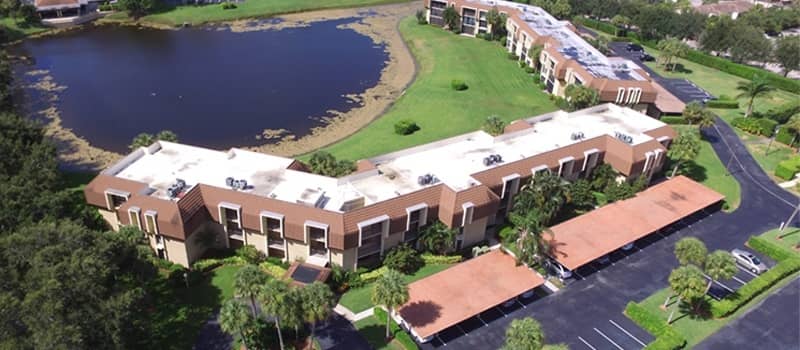Periodically I get asked if FiberTite is a Class A membrane. When this happens I have to carefully provide a simple answer to address the question and explain the answer thoroughly. It can be a bit confusing for most people, especially since there is a belief that Underwriters Laboratories is the only one who can classify a roof. This post takes a closer look at the differences between the roofing classes and will help dispel the confusion between them.
Without a doubt UL is the roofing industry authority when it comes to fire and specific building code approvals relative to roofing. On the other hand, there are other testing laboratories that follow similar if not identical testing that are also qualified third party entities for establishing fire classifications for roof assemblies. FM Approvals and Intertek Testing are just two that automatically come to mind.
The preeminence of UL is most likely due to their ANSI/UL 790 Protocol. Under UL 790, roof systems are evaluated for external fire. The operative word here is systems. Contrary to what many think, there are no “Class A” roofing membranes. Roof systems are segregated into combustible and non-combustible construction types. For combustible decks, the systems are evaluated for:
- Spread of flame
- Intermittent flame
- Burning brand
For non-combustible decks, the spread of flame testing is generally sufficient. Spread of flame is the most common testing and is conducted according to ASTM E108. Under ASTM E108 a roof sample is assembled over a 4’ x 8’ wood-framed deck. The sample will include insulation and or / coverboard and the membrane (adhered or attached) that is being tested.
The 4’ x 8’ frame is mounted in the testing apparatus with a furnace at one end. The furnace is ignited and the flames are blown over the sample with a wind velocity of 12 mph. The duration of the test is ten minutes. When completed, the distance that the flame spread along the 8 ft length of the sample is measured.
If the flame spread is 6 ft or less, the test result is Class A. If it greater than 6 ft but less than 8 ft, it is a Class B. So the answer to the question of the difference between Class A and Class B is 2 ft. Now that is a real simplified explanation, but the evaluation is considerably more complicated than that.
The incline of the assembly plays a significant role in how far the flames will spread during the test. Low inclines (less than 2:12) generally have lower rates of flame spread. However, the combustibility of the composite also plays a significant role. Hence, on steep inclines (generally 3:12 or greater) a non-combustible coverboard is required directly below the membrane to restrict ignition of the insulation composite which will increase the spread of flame.
Although it hasn’t been adopted in determination of a roofing systems fire classification, there is an old test from UL. UL 214 did evaluate the flammability of a membrane material. Check out the following link and make up your own mind regarding the fire classification of single-ply materials.
-1.png?width=500&height=271&name=FiberTite_Only%20(500px%20wide)-1.png)



-1.png)